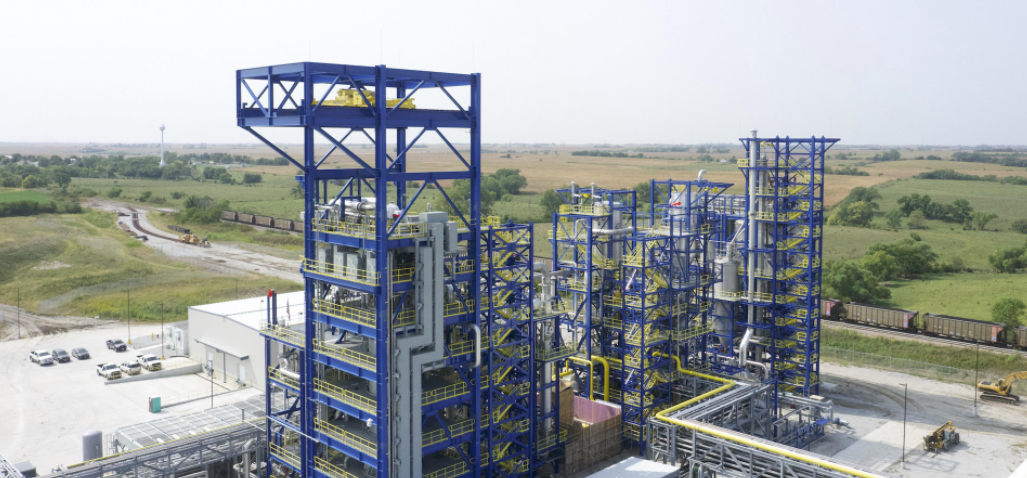
Hydrogen has been on the energy radar for decades but it’s only recently that real progress has been made.
A recent Frost & Sullivan report estimates that global fuel cell truck sales will reach 142,858 units by 2030, with China accounting for 63.9% of total sales, prompting Mobility Research Analyst Jagadesh Chandran to comment, “Hydrogen is emerging as a promising substitute to fossil fuels. It is a cleaner and more environmentally friendly form of energy, which will most suitably serve long distance-traveling needs and segments that demand high uptime and availability. To overcome the challenges pertaining to technology, supply chain, infrastructure and economic costs and in order to create a comprehensive hydrogen economy, the industry needs to hasten development to achieve economies of scale.”
This has long been an obstacle, and older hydrogen manufacturing methods have been reliant on fossil fuels. However there is progress here. For example Monolith is adding up to 200 employees to its Nebraska workforce to continue research into using renewables to create the hydrogen from natural gas, also creating carbon black along the way. The process uses high temperature pyrolysis rather than burning to crack the gas and create the end products. It acquires its renewable power through renewable energy certificates (RECs).
The company is also looking to expand green ammonia production (for fertiliser) to 275,000 tons per year.
Other hydrogen manufacturing research
The most well understood hydrogen manufacturing method is electrolysis. However it’s slow and inefficient, so a team from Pusan National University, Korea, have been researching improvements. Leader Professor Prabakar explains, “Today, 90% of hydrogen is produced from steam reforming processes that emit greenhouse gases into the atmosphere. In our laboratory, we have developed a non-noble metal based stable electrocatalyst on a polymer support which can effectively produce hydrogen and oxygen from water at a low-cost from transition metal phosphates.” The team made it by depositing cobalt and manganese ions on a Polyaniline (PANI) nanowire array using a hydrothermal process. By adjusting the material ratio, they have increased the surface area for the reaction to occur faster, aided by naturally high conductance.
Professor Prabakar continued, “Water-splitting devices that use this technology can be installed onsite where hydrogen fuel is required, and can function using a low energy input or a completely renewable source of energy. For instance, we can produce hydrogen at home for cooking and heating using a solar panel. This way, we can achieve carbon neutrality well before 2050.”
















